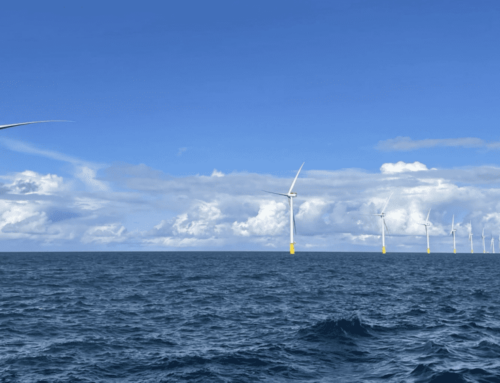Calls for United Nations to address bank lending for renewable energy
November 11, 2024
The 2024 United Nations (UN) Climate Change Conference (COP29) kicks off this week. Calls for the discussions to address bank lending for renewable energy have cropped up, with some adamant that banks could accelerate positive change.
Running from 11–22 November, COP29 will take place in Baku, Azerbaijan. Here, member countries will discuss the ongoing commitment to the 17 Sustainable Development Goals.
Affordable and clean energy is number 7 of these 17 goals and, according to the UN, there is a plan to have affordable and renewable energy by 2030.
“Ensuring universal access to affordable electricity by 2030 means investing in clean energy sources such as solar, wind and thermal. Expanding infrastructure and upgrading technology to provide clean energy in all developing countries is a crucial goal that can both encourage growth and help the environment,” said the UN.
The targets to reach these goals are:
- By 2030, ensure universal access to affordable, reliable, and modern energy services.
- By 2030, increase substantially the share of renewable energy in the global energy mix.
- By 2030, double the global rate of improvement in energy efficiency.
- By 2030, enhance international cooperation to facilitate access to clean energy research and technology, including renewable energy, energy efficiency, and advanced and cleaner fossil-fuel technology, and promote investment in energy infrastructure and clean energy technology.
- By 2030, expand infrastructure and upgrade technology for supplying modern and sustainable energy services for all in developing countries, in particular, least developed countries, small island developing states, and landlocked developing countries, in accordance with their respective programs of support.
Now, the Institute for Energy Economics and Financial Analysis (IEEFA) has urged leaders to design policies and regulations that encourage our banking sector to assist in reaching these energy targets.
“With only six years remaining, the 2030 goal for renewable energy seems a stretch too far, but enhanced cooperation between developed and developing countries and conducive local policies may bridge the gap,” said Vibhuti Garg, director of South Asia, at IEEFA.
“Negotiators at COP29 in Baku should back their ambition to triple renewable energy up with a consensus on additional climate finance, supported by the developed countries, to fill the gap of catalytic funds in the developing and least-developed countries.”
According to IEEFA, banks can bridge the International Energy Agency’s projected annual investment gap of US$400 billion from 2024–30. Investment in renewable energy is growing globally, with the institute saying that it rose from the range of US$329–US$424 billion in 2019 to US$570–US$735 billion in 2023, a jump of 73 per cent to 78 per cent.
Shafiqul Alam, lead analyst Bangladesh Energy at IEEFA, said: “While bank credit flows to the fossil fuel sector is declining, it was still a whopping US$967 billion in 2022. On the flip side, low-carbon development projects, including renewable energy, received US$708 billion in the same year. By reorienting more capital to the renewable energy sector, banks can bridge the projected investment gap.”
The IEEFA published three key takeaways:
- Meeting the goal of tripling renewable energy capacity by 2030 faces an investment gap of up to US$400 billion annually between 2024 and 2030. Banks, which channelled a whopping US$967 billion to the fossil fuel sector, can bridge the gap by reorienting capital to the renewable energy sector.
- While banks need to integrate climate change risks in their lending decision to reduce their exposure to fossil fuels, they also require credit enhancement support to accelerate fund flows to renewable energy projects that are not commercially viable. Governments, multilateral development banks (MDBs), and bilateral financial institutions can provide risky and concessional capital for credit enhancement support.
- Since climate change is already recognised as a material risk to the financial system, central banks and regulatory bodies are issuing guidelines and formulating regulations to nudge commercial banks to integrate climate change risks into lending and risk management practices.
“Governments can create partial credit risk guarantee instruments to reduce credit risk, encouraging banks to accelerate credit flows to the sector. Multilateral Development Banks (MDBs) and bilateral financial institutions, with support from local governments, can provide risky and concessional capital to local banks and help create partial risk guarantee instruments,” said consultant sustainable finance at the IEEFA, Labanya Prakash Jena.
Search
RECENT PRESS RELEASES
Related Post





